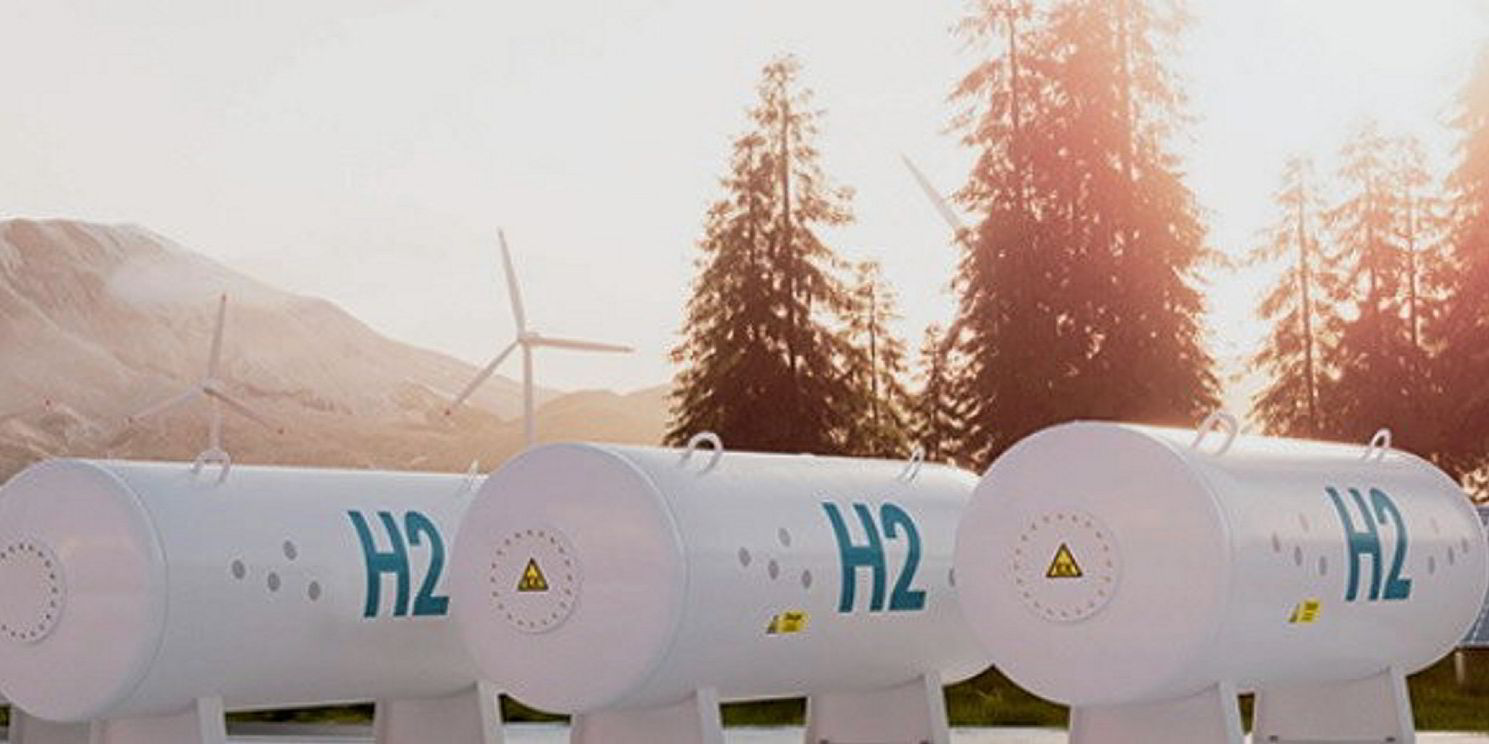
The Norwegian certification society forecasts hydrogen will satisfy 5% of global energy demand by 2050, but that 15% is needed in the energy mix to meet Paris climate goals, according to its net zero pathway.
With the cost of carbon rising in Europe and other regions, hydrogen is presenting an opportunity for companies to reduce costs while addressing concerns about emissions – as long as low-carbon options are utilised.
DNV projects hydrogen will be largely used in hard-to-abate sectors where electrification isn’t efficient, as typically the direct-use of electricity is more cost effective.
The hydrogen while likely be used in the manufacturing sector, with its derivatives, such as ammonia and methanol, being used in aviation and maritime transportation.
However, since these forecasts do not expect hydrogen to meet its potential in the net zero pathways, DNV recommends more policies be put in place globally to support infrastructure for hydrogen production and offtake.
Diverse policies
DNV says policy makers must consider targeting multiple sectors of hydrogen, as it can have many uses as a sustainable fuel, energy carrier, or feedstock.
Plus, different technologies can support low-carbon hydrogen production, including carbon capture and storage, that would benefit from subsidies to push investments.
Regulation can also address safety gaps in hydrogen use. Hydrogen has high explosion reactivity, which can be reduced by diluting hydrogen in the air.
If facilities are designed to keep hydrogen density to less than 15% of the air as much as is practical, DNV says the hydrogen facilities would be as safe or safer than widely-accepted natural gas facilities.
Ammonia, meanwhile, would not likely ignite, but is very toxic for people and can be fatal. If used as ship fuel, there would need to be ammonia release detection in place, emergency shutoff ventilation systems, and procedures with breathing units and escape routes in a worst-case scenario, DNV says.
While the industry is still relatively in its early stages, compared to other fuels, hydrogen certification or a carbon price could help de-risk investments and push technology and production progress.
Boosting clean energy investments
DNV projects the global spend on hydrogen production will by $6.8 trillion through 2050, with an additional $180 billion spent on hydrogen pipelines, 50% of which would be repurposed from existing natural gas pipelines, and $530 billion on building and operating ammonia terminals.
Broken down, based on $12 billion invested in clean hydrogen in 2021, the number would reach $129 billion annually by 2030 and $440 billion by 2050. But this only gets society a third of the way, DNV says.
The percentage of gross domestic product that is spent on energy, however, is expected to decrease in the coming decades from 3.2% in 2019 to 1.6% in 2050 due to efficiency increases and electrification.
The gap that this creates presents the opportunity to invest more in clean energy – DNV says surplus funds would grow by around $2 trillion each year, reaching close to $63 trillion by 2050.
A lack of clear hydrogen policies creates barriers to investments, as the fuel is currently seen as a long-term, low-return, high-risk investment.
Several governments have put for green taxonomies to ensure capital is flowing toward low-carbon projects, but in places where taxonomies aren’t finalised, it may be unclear whether blue hydrogen, for example, is considered a ‘low-carbon’ project, given its use of fossil fuels.
Shareholder are ready for pushing for more investment in environmental, social, and governance standards, but until policies fully support hydrogen infrastructure – and such policies are finalised – hydrogen will still likely be considered a high-risk investment.